Caroline’s 2pk .5g Pre-Rolls: $5
Uxbridge: Open 9:00 AM – 10:00 PM
Hopedale: Open 10:00 AM – 10:00 PM
Closed Thanksgiving Day
Nov. 28th Green Wednesday – BIG SAVINGS!
Woman Owned – Locally Owned – Social Equity Owned
Be Kind.
Caroline’s 2pk .5g Pre-Rolls: $5
Uxbridge: Open 9:00 AM – 10:00 PM
Hopedale: Open 10:00 AM – 10:00 PM
Closed Thanksgiving Day
Nov. 28th Green Wednesday – BIG SAVINGS!
Woman Owned – Locally Owned – Social Equity Owned
Be Kind.
Caroline’s Cannabis is a proud supporter of the marijuana movement. We believe responsible adults should have a choice not only for medicine but also for recreation. We need to change the negative social views towards cannabis users.
There are lots of ways to find your vibe!!! Getting more familiar with how certain cannabinoids and terpene profiles affect you, will help you find the right strain for your needs. Consider keeping a cannabis journal to record your experiences.
Please educate before you recreate, and always consume responsibly.
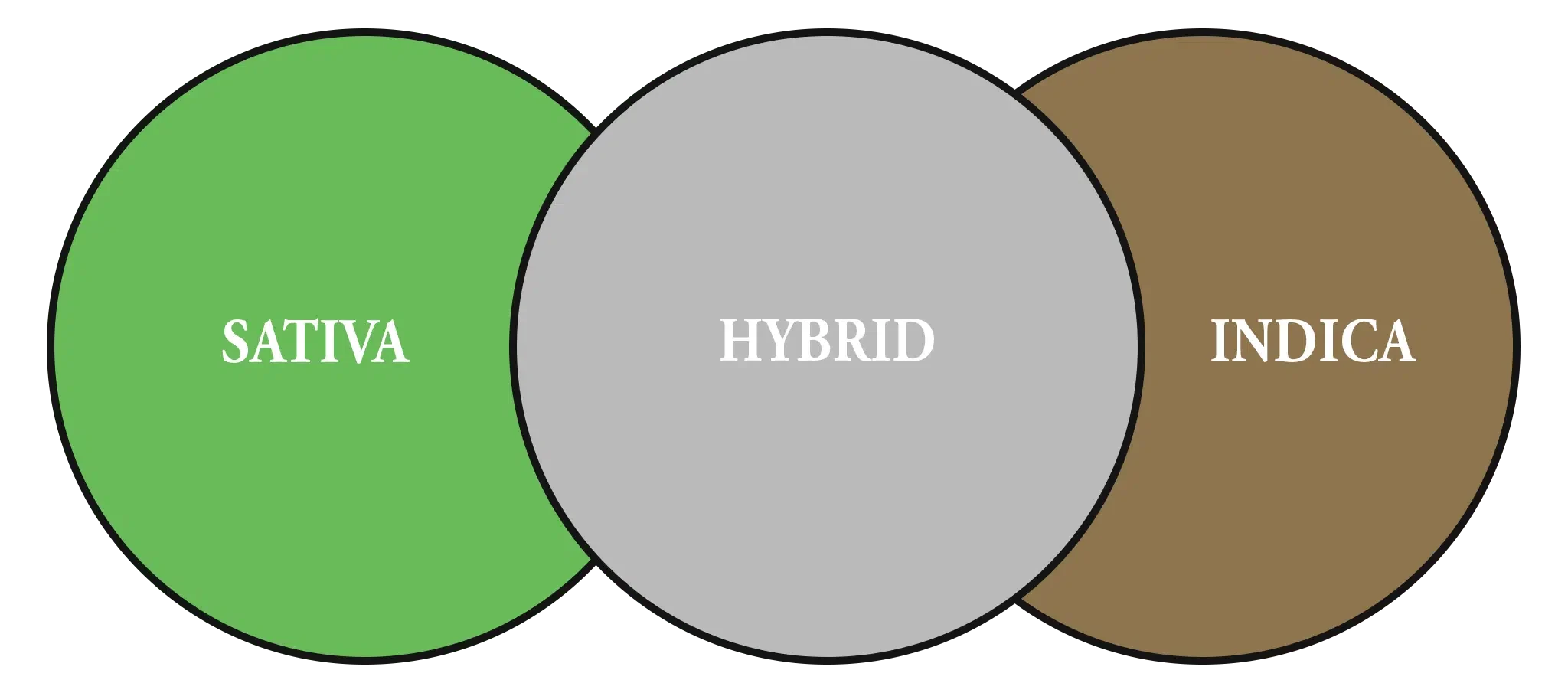
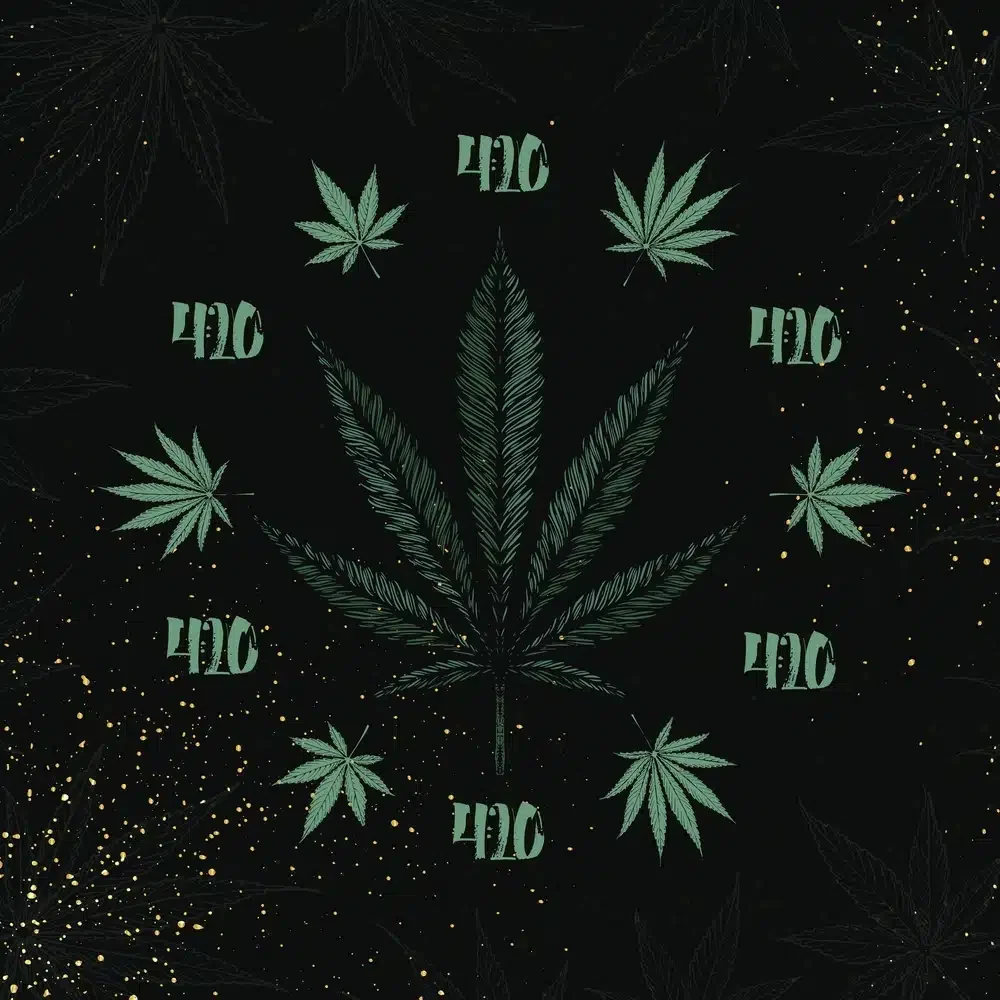
Proper dosing of cannabis will vary by consumer. Consumers with limited cannabis experience should begin with no more than 5mg of THC per serving and adhere to these general consumption guidelines before consuming more.
Everyone has different experiences using cannabis. There are a number of factors that impact the effect you feel including:
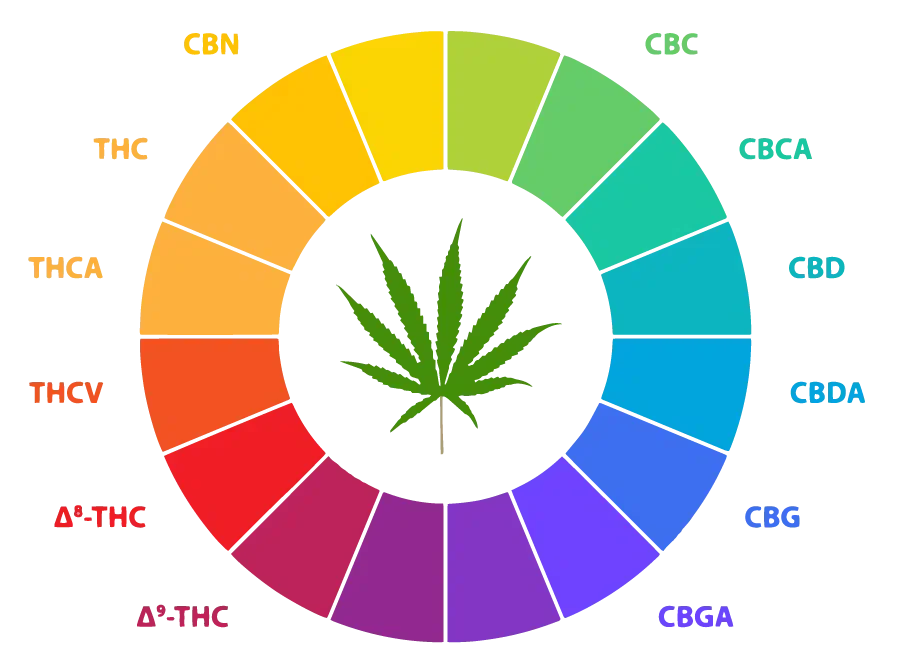
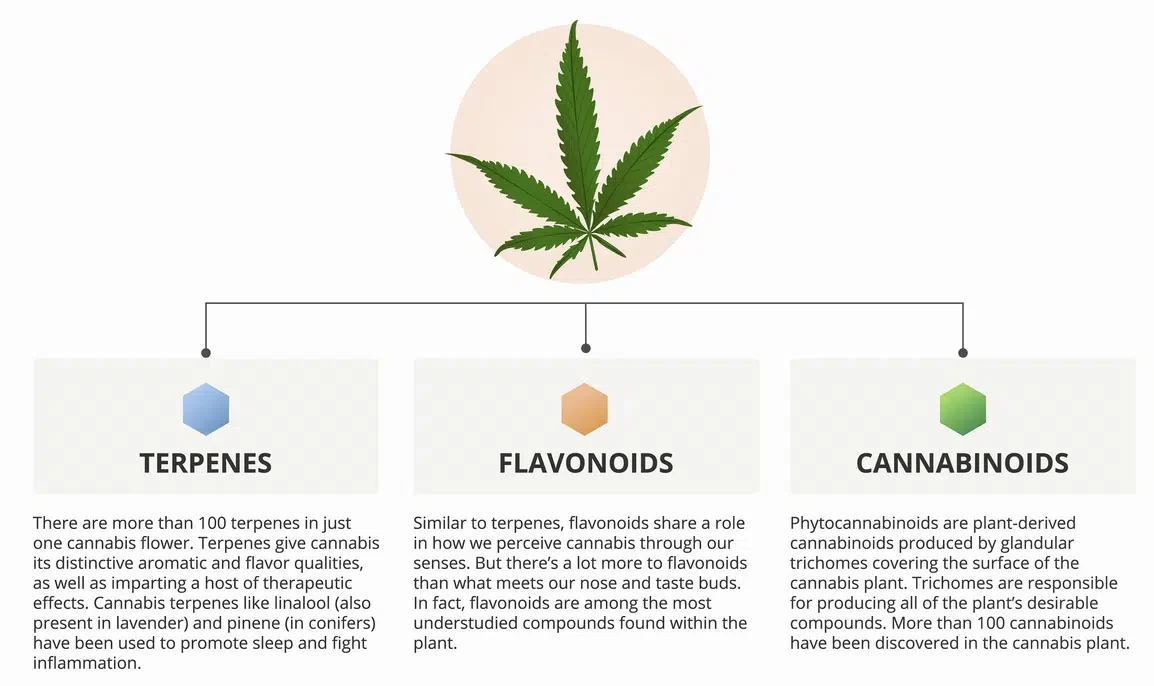
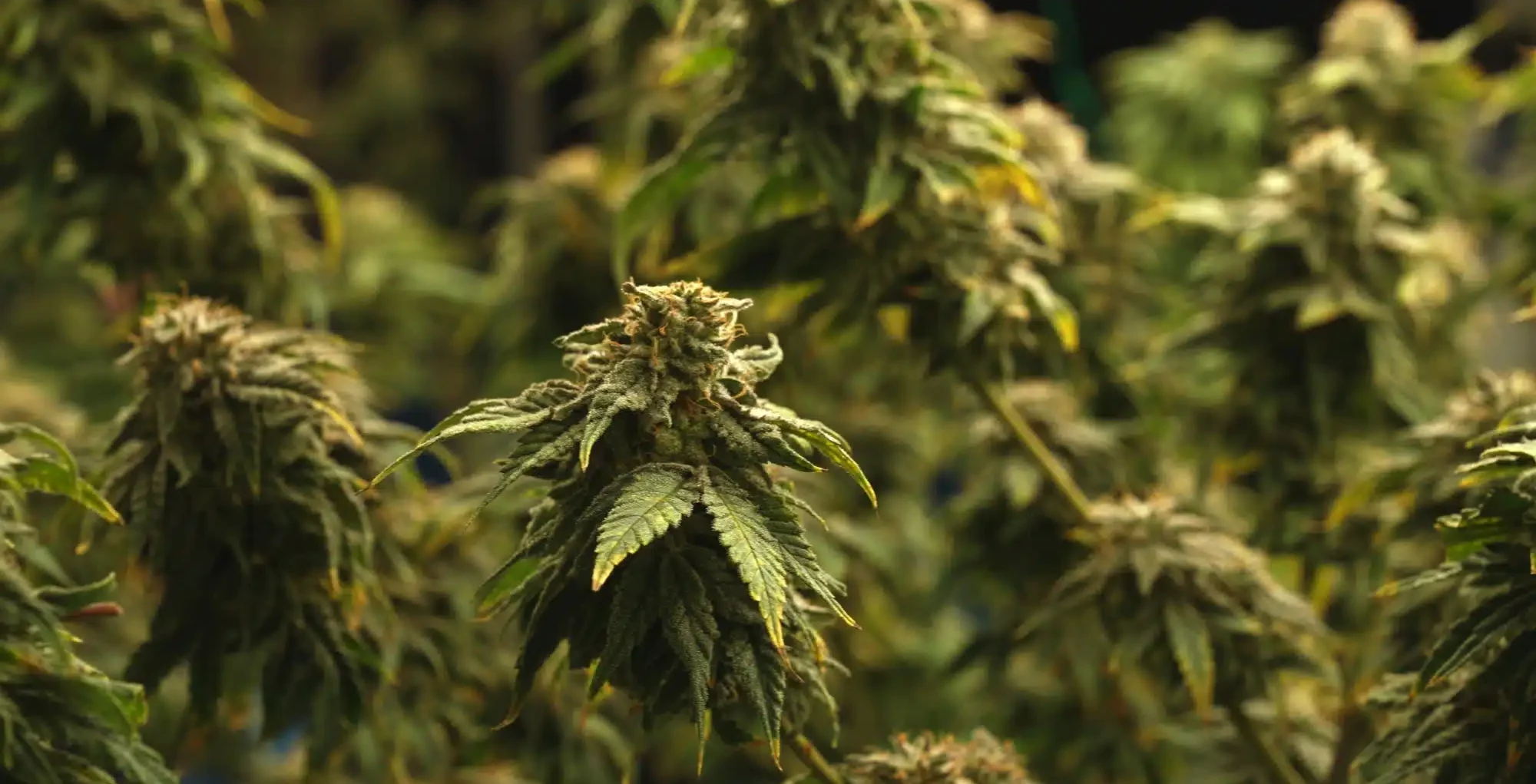
Hemp and marijuana are both cannabis, but hemp and marijuana are different varieties of the Cannabis Sativa species. The difference between the two lies in the chemical profile of each plant. To be classified as hemp, the plant needs to have less than 0.3% THC (by dried weight), while anything over 0.3% THC is classified as marijuana. CBD can be derived from both hemp and marijuana plants.
Although they’re different varieties of the same plant, hemp and marijuana have different uses, and different amounts of CBD or THC. Hemp has provided many types of fiber, food uses, oil, and biofuel for many years. Hemp can even be used to produce plastics. Due to the lack of THC in any meaningful amount, hemp plants are legal throughout most of the world. Nobody is getting high off hemp, so government regulators have started to loosen restrictions on the plant in recent years. For this reason, most of the CBD products available on the market are made from hemp plants instead of marijuana. Marijuana has provided recreational use for thousands of years and is also associated with potential benefits for a variety of health conditions, which is why it has been adopted by various states in medical cannabis programs.
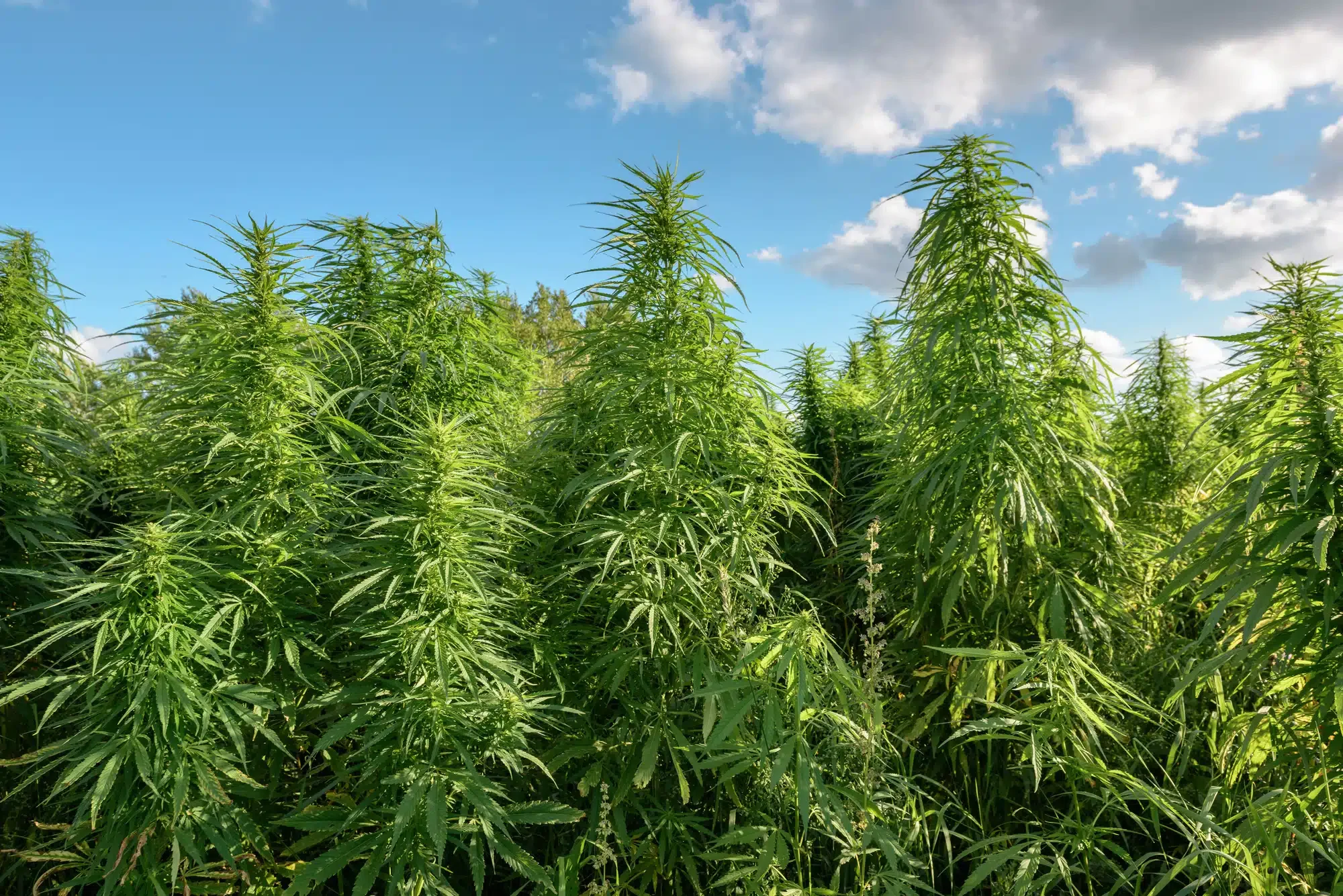
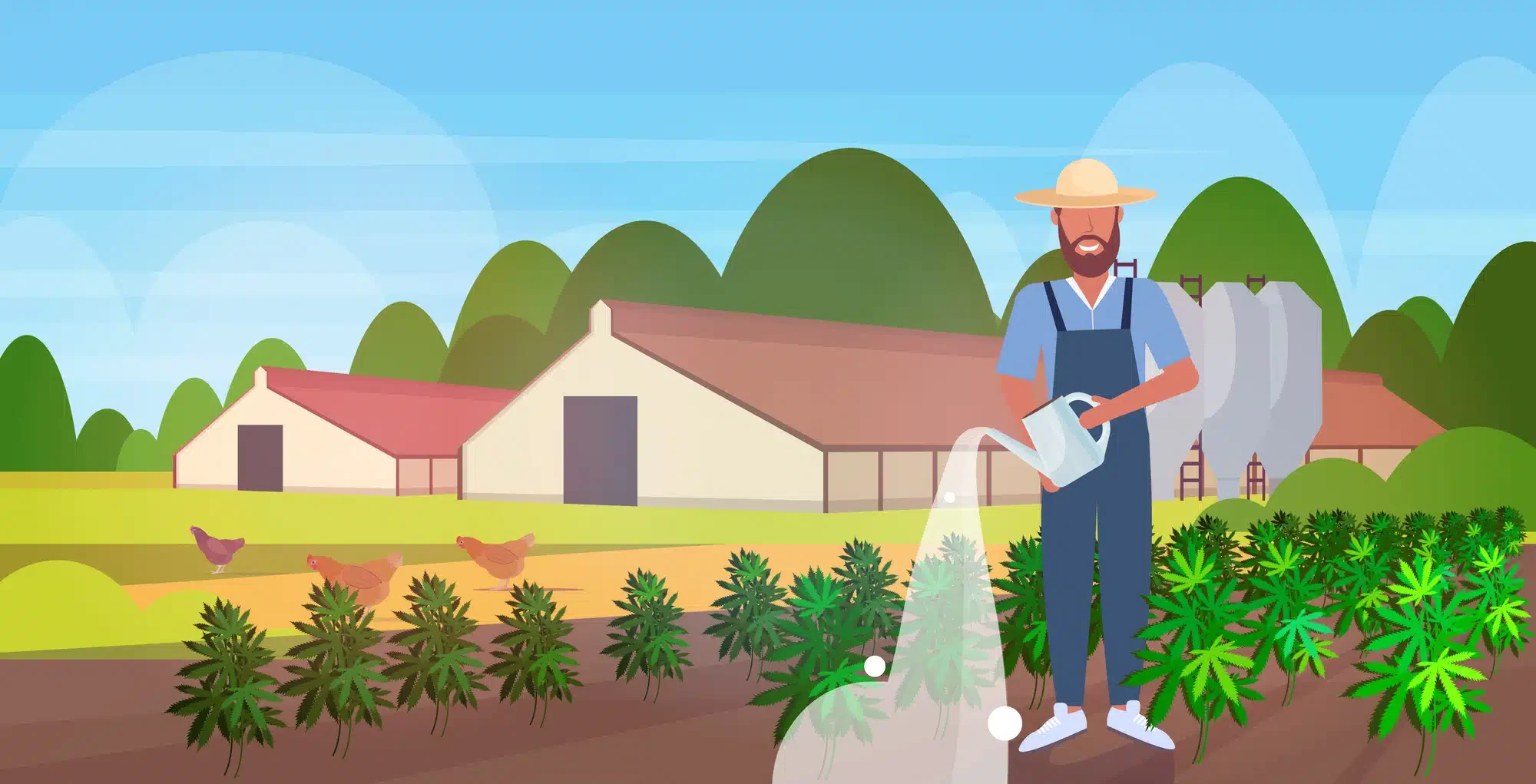
Channel 4 news teamed up with COAST Cannabis and Dr. Benjamin Caplan to run through all the science behind the minor cannabinoid, THCV.
Looking for a natural boost of energy? Look no further, check out the research Dr. Caplan has been conducting and his results here!